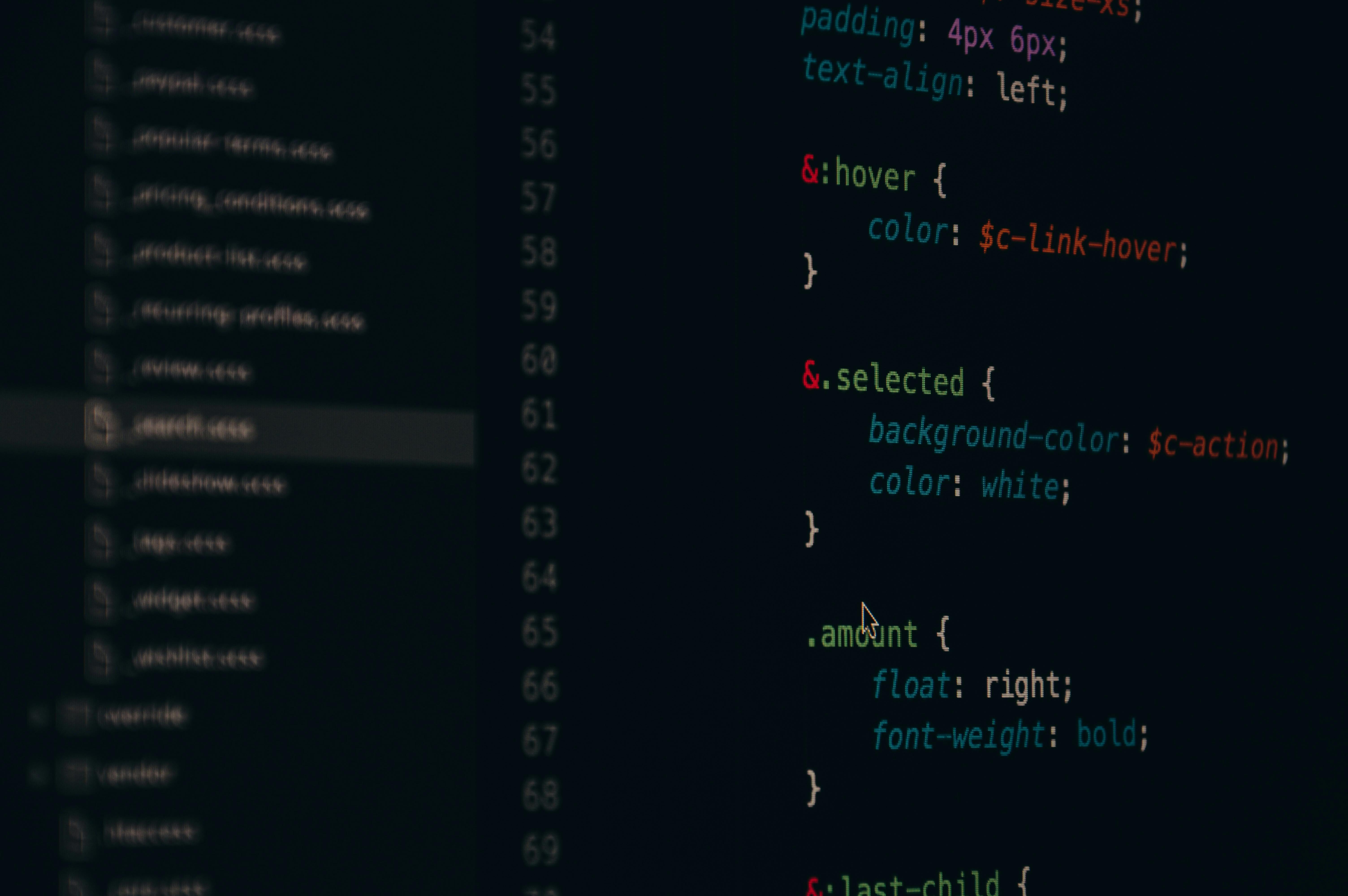App Design and Development: Practical Guide to Building Effective Apps
App design and development brings together creative design, technical programming, and iterative testing to build software for phones, tablets, and the web. Whether you’re starting with a concept or refining an existing product, understanding the stages—from user interface decisions to backend coding and deployment—helps teams deliver reliable, usable apps that meet real user needs.

app design: what to consider first
Effective app design begins by defining user needs, context, and constraints. Early work typically includes user research, persona creation, and journey mapping to clarify what tasks the app must enable. Visual design choices—layout, typography, color, and iconography—flow from usability goals and platform guidelines (iOS, Android, web). Prototyping tools let teams test flows and interactions before heavy development. Accessibility and performance considerations should influence design decisions from the start, so that the final product remains usable on different devices and network conditions.
development training: how to prepare teams
Development training covers both technical skills and team processes. For individual developers, structured courses in languages and frameworks (e.g., Swift, Kotlin, React Native, Flutter) help build competence. For teams, training often includes source control workflows, code review practices, automated testing, and continuous integration/continuous deployment (CI/CD) pipelines. Training can be delivered via online platforms, bootcamps, or local services in your area that offer hands-on workshops. Regular pair programming and internal workshops help transfer tacit knowledge and keep code quality consistent across projects.
coding: tools and best practices
Coding an app involves choosing appropriate languages and frameworks, organizing code for maintainability, and applying testing strategies. Native development uses platform-specific languages (Swift/Objective-C for iOS, Kotlin/Java for Android); cross-platform frameworks (React Native, Flutter) allow shared codebases. Key best practices include modular architecture, consistent naming conventions, and automated unit and integration tests. Performance profiling, memory management, and security auditing should be part of the development cycle. Documenting APIs and maintaining an up-to-date README help new team members ramp up faster.
user interface: designing for clarity and consistency
The user interface (UI) is where users interact with the app, so clarity and predictability are essential. UI design should prioritize obvious affordances, clear feedback for actions, and a consistent visual language across screens. Design systems—collections of reusable components, tokens, and guidelines—help maintain consistency as an app grows. Responsive layouts and adaptive elements ensure UI components behave correctly on different screen sizes. Usability testing with representative users surfaces friction points in the interface that static reviews may miss, enabling targeted improvements before widespread release.
programming: integrating backend and frontend
Programming ties the frontend interface to backend services, databases, and third-party APIs. Effective programming decisions include choosing appropriate data models, secure authentication methods (e.g., OAuth, token-based systems), and robust error handling. Architectural patterns such as MVC, MVVM, or clean architecture help structure code so that UI, business logic, and data layers remain decoupled. Implementing analytics and logging provides visibility into app usage and runtime issues. Scalability planning—caching strategies, load balancing, and database indexing—matters early when usage is expected to grow. Collaboration between frontend and backend developers reduces integration friction.
Conclusion
App design and development is a multidisciplinary process that blends user-centered design, disciplined programming, and ongoing refinement. Successful projects emphasize clear problem definition, iterative prototyping, training for the development team, and reliable coding practices that support maintenance and scalability. Attention to user interface details and strong integration between frontend and backend systems reduces friction for users and technical teams alike. Over time, measurement, feedback, and incremental improvements help an app remain relevant and functional across platforms and changing user expectations.





